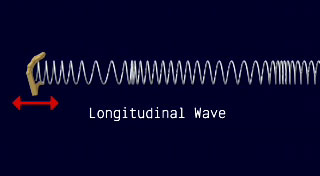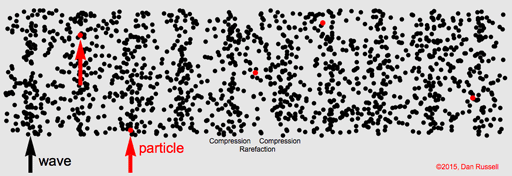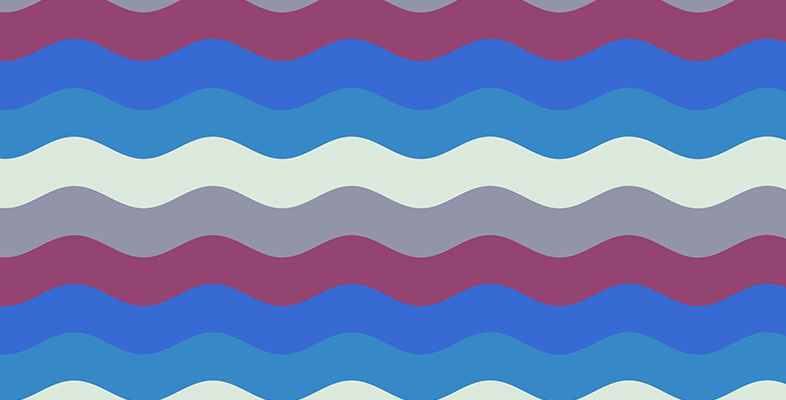3.2 Longitudinal waves
In a longitudinal wave the direction of motion of the particles is in the same direction as the wave travels. This can be seen using a long spring called a slinky.

Transcript: Video 1 The propagation of a longitudinal wave along a spring. (0:12 min) (Longitudinal and transverse waves, 2012)
Figure 4 shows how the compressions and rarefactions in a longitudinal wave are similar to the peaks and troughs of transverse waves, but instead of the peaks and troughs being at a distance from an undisturbed level, they are where the particles are pushed together, and apart.

Sound travels as a longitudinal wave. Longitudinal sound waves travel in the atmosphere through the compressions and rarefactions of atmospheric particles.
-
Give a reason why sound waves cannot propagate in space.
-
Sound waves cannot propagate in space because there are no particles to allow the wave to propagate.
In Figure 2, we visually identified two properties of the wave: its frequency and its amplitude. These can be better illustrated on a graph.
